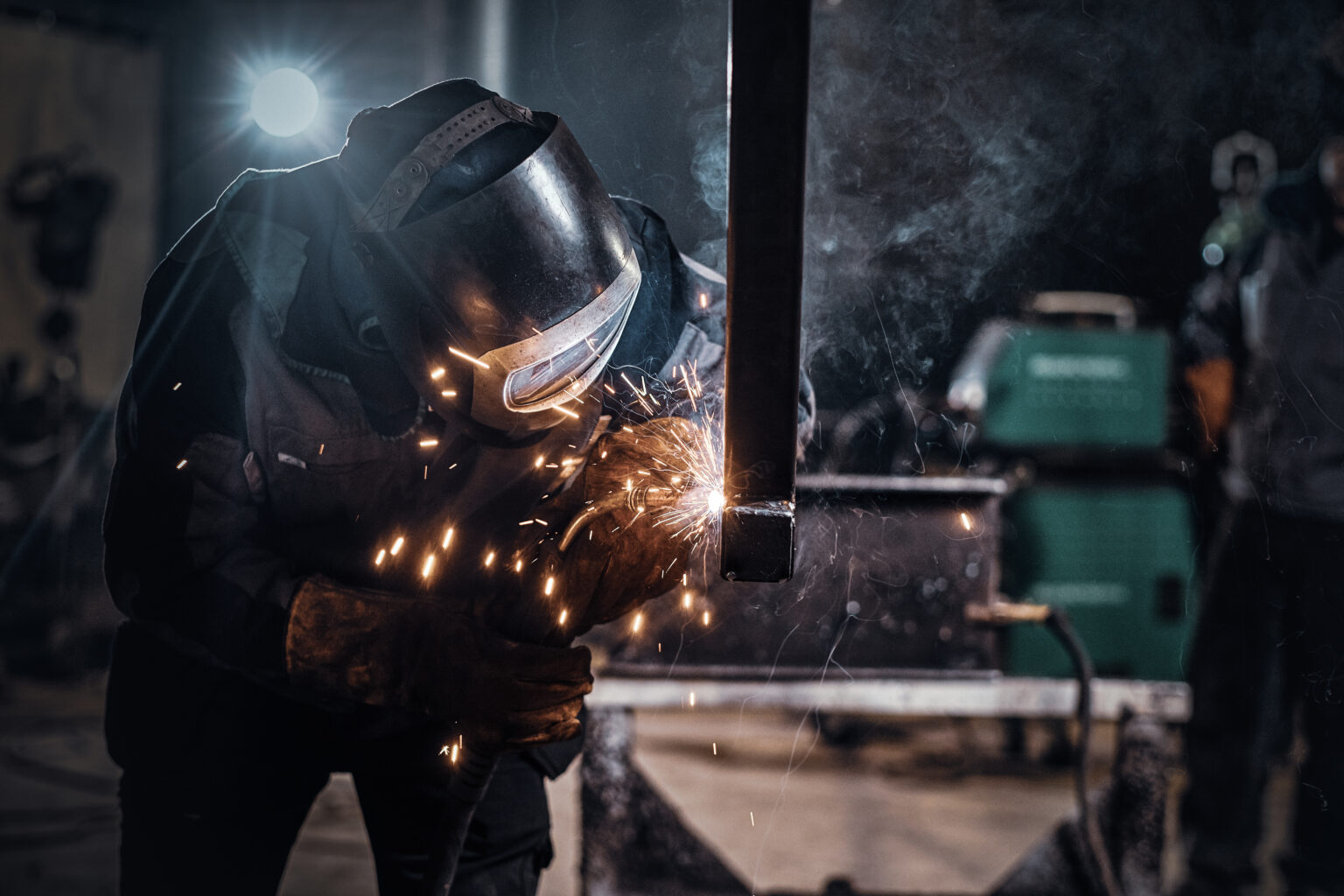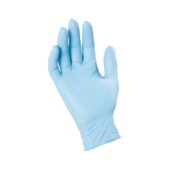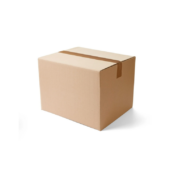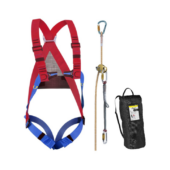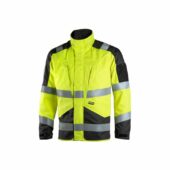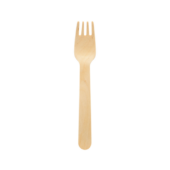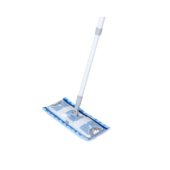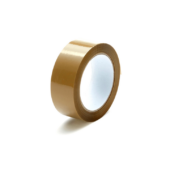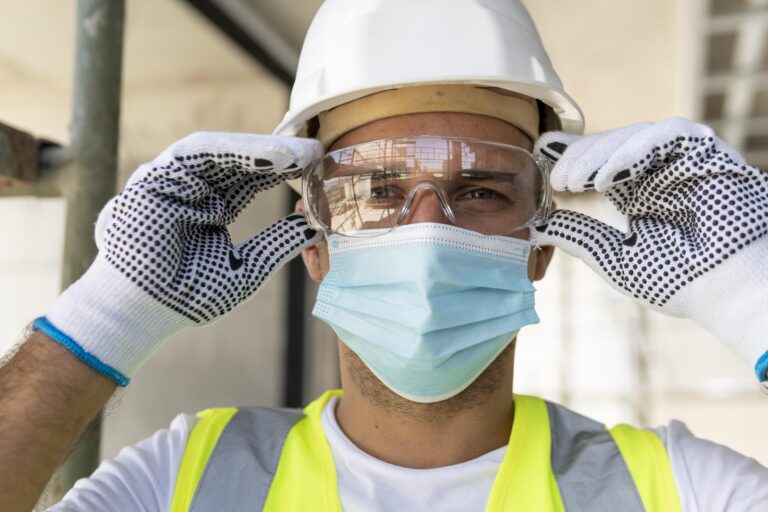Selecting the right welding safety goggles is key to ensuring clear vision and effective protection during your work. This guide will walk you through essential features like lens shades, UV/IR protection, and comfort, giving you the confidence to choose the best pair for your needs.
Plus, we’ll help you plan ahead with tips on complementary gear and maintenance, ensuring you’re ready for whatever comes next. Let’s make safety simple and effective!
Key Features to Look for in Welding Goggles
Choosing the right pair of safety goggles involves understanding critical features that contribute to your safety and comfort. Here are the most important aspects to consider:
1. Lens Shade
The lens shade determines how much visible light is filtered. Different welding tasks require specific lens shades. Understanding these requirements helps in choosing appropriate goggles for your job:
| Welding Type | Lens Shade | Examples |
| Oxy-fuel cutting | 3–5 | Light welding tasks |
| MIG/MAG welding | 10–13 | Moderate intensity |
| TIG welding | 8–11 | Precision tasks |
| Plasma cutting | 5–8 | High-precision tasks |
Ensure that your goggles meet the European standard EN 169 for lens shading. Learn more about EN Standards from this guide in Wikipedia.
2. UV and IR Protection
Welding goggles effectively shield against UV and IR radiation, allowing you to work confidently and safely. Look for goggles labeled as compliant with EN 175, a standard that ensures they offer sufficient coverage against harmful radiation.
3. Fit and Comfort
Well-fitting goggles provide lasting comfort and enhance focus during prolonged use. Look for features like adjustable straps, soft padding, and lightweight designs to ensure the goggles stay secure and comfortable.
4. Anti-Fog Coating
Welding environments can cause lenses to fog up, obstructing your vision. Goggles with an anti-fog coating or ventilation system are ideal for maintaining clarity.
5. Durability and Material
Choose goggles made from robust materials like polycarbonate, which is resistant to impact and high temperatures. This ensures your goggles can withstand demanding environments.
Types of Welding Goggles
There are several types of welding goggles designed to cater to specific needs. Here’s a quick overview:
1. Passive Welding Goggles
These come with fixed-shade lenses, suitable for consistent welding tasks. They are reliable but may not be ideal if you frequently switch between welding and non-welding activities.
2. Auto-Darkening Welding Goggles
Featuring lenses that automatically adjust their shade based on the intensity of light, these are versatile and convenient for various welding types. Look for goggles certified to EN 379 for auto-darkening performance.
3. Flip-Up Welding Goggles
These goggles allow you to flip up the shaded lens to inspect your work without removing the goggles. They’re ideal for tasks that require frequent adjustments.
Practical Tips for Choosing Welding Goggles
Selecting the right welding goggles can feel overwhelming with so many options available, but understanding your specific needs and environment simplifies the process. The tips below outline how to make an informed choice for optimal safety and comfort.
- Consider Your Welding Environment: If you work in confined or high-temperature areas, prioritize goggles with proper ventilation and heat resistance.
- Test the Fit: Before purchasing, ensure the goggles fit snugly but not too tightly. They should cover your eyes completely without leaving gaps.
- Look for Certified Products: Always choose goggles compliant with European standards such as EN 175 and EN 169 for maximum safety. EN 175 ensures resistance to high-speed particles, while EN 169 specifies lens shade performance for welding protection.
Maintenance and Care of Welding Goggles
With proper maintenance, your goggles will remain effective and reliable for extended use. Use specific cleaning solutions recommended for coated lenses to avoid damage:
- Regular Cleaning: Use a soft cloth and lens cleaner to remove dust and debris. Avoid abrasive materials.
- Storage: Store goggles in a protective case to prevent scratches.
- Inspection: Regularly check for cracks, loose straps, or worn-out coatings. Regularly inspect and update your goggles to maintain optimal performance and safety.
Where to Buy Quality Welding Goggles
Browse a wide range of high-quality safety glasses and goggles. For instance, explore models with auto-darkening capabilities or anti-fog coatings tailored for welding applications. at Droppe. Our collection meets stringent European safety standards, ensuring both protection and comfort.
For more detailed insights, explore our sibling articles such as How To Choose The Right Welding Goggles – A Buyer’s Guide and Welding Helmets: Everything You Need To Know.
Complementary PPE for Welding
In addition to safety goggles, consider other PPE to ensure full protection:
- Hearing Protectors: Welding environments are often noisy. Protect your hearing with suitable ear protection.
- Hard Hats and Safety Helmets: Shield your head from potential impacts or falling debris.
- Face Shields: For extended coverage, especially during grinding tasks. Learn more in our Face Shields Buying Guide.
We hope this guide has provided valuable insights into choosing the best welding safety goggles, from understanding lens shades to ensuring comfort and compliance with safety standards. Whether you’re working in precision TIG welding or tackling heavy-duty tasks, we’re here to support your needs.
Explore our Safety Glasses category, featuring trusted brands that prioritize your protection and comfort.
If you have questions or need help selecting the perfect goggles, don’t hesitate to reach out—our team is always here to ensure your safety and confidence in every purchase.
– The Droppe Team
Frequently Asked Questions
No, regular sunglasses do not provide sufficient protection against UV/IR radiation or meet the required safety standards for welding.
For beginner-friendly tasks like oxy-fuel cutting or light welding, start with lens shades 3–5, depending on the specific activity.
Yes, as long as they comply with EN 379 standards, auto-darkening goggles are safe and versatile for various welding applications.
Replace your goggles if you notice cracks, worn-out coatings, or degraded straps, or if the lenses no longer provide clear visibility.
While most welding helmets offer full eye protection, wearing goggles underneath provides an extra layer of safety in certain environments.

